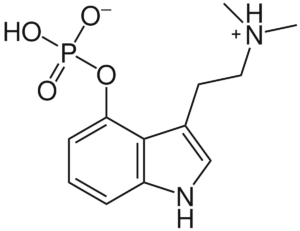
One theory is indole-ring molecules have a shape that will fit certain kinds of receptors in the brain. Because of this, they influence the amount of serotonin at work in the brain, and serotonin levels may have something to do with the cause of migraines. Since some specific shapes of tryptamine molecules fit receptors better than others, so it is thought, some tryptamines seem to work better than others. Psilocin is also a vasoconstrictor, and may stop or prevent attacks by keeping the carotid artery from expanding and pressing on the trigeminal nerve.
Since 1998 Clusterbusters has been collecting anecdotal evidence regarding the effectiveness of psilocybin in treating cluster headaches. Many people have been very successful in treating their clusters with psilocybin and recently a clinical study has begun recruiting patients to see if these excellent results can be duplicated in a clinical setting.
Although data has never been tabulated or studied, it has become clear, based upon anecdotal and scientific evidence, that these treatments can also be very effective for treating migraine disease and other headache diseases. We receive sporadic reports detailing treatment successes of migraine disease using psilocybin. One of the earliest reports came from the wife of a cluster patient that had unknowingly absorbed psilocybin through her finger tips while chopping up mushrooms to make her husband’s tea. Her present migraine attack ended, and she did not experience other attacks for several months. We have heard many similar stories.
